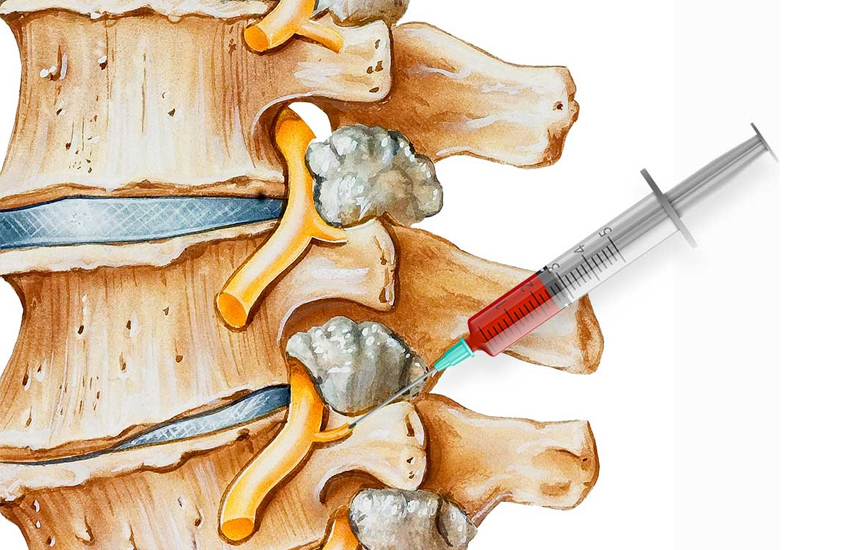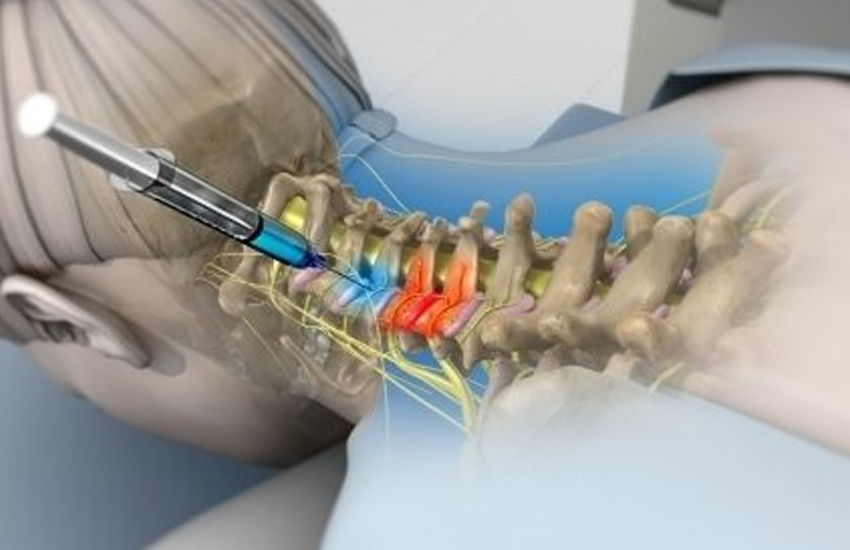Medial Branches Blocks
What is MBB?
Medial branches are small nerves that carry the pain sensation from facet joints to the brain. In this procedure, a small amount of numbing medicine is placed next to this nerve, and it stops the signal from traveling across the medial branch, thus creating a block. A medial branch block, thus is an injection of a local anesthetic (numbing medicine) next to medial branch nerves that supply the facet joints. Facet joints are the joints between small bony projections from one vertebra meeting with similar bony projections from the vertebra above or below. Sometimes, due to a variety of acute and chronic conditions, the facet joints can become inflamed and/or painful.
It is important to remember that the medial branch blocks are helpful only for a short time, and are to help with establishment of diagnosis of pain sources.


How do I prepare for the procedure?
Medication changes. Please inform the doctor if you take any blood thinners, or have any allergies to medications. You may be asked to stop or change the dose of certain medications for several days before the procedure. Always ask your primary physician before stopping any medications.
You should have some pain at the time of your procedure or be able to consistently reproduce it with certain activities. If you are typically pain-free after taking pain medication, please do not take these medications for 4 to 6 hours before the injection.
Food and Drink. There are no special dietary instructions for this procedure unless it includes sedation.
It's time to schedule an appointment and find relief
If your suffering from neck, back or should pain and need
treatment or diagnosis, submit your information, and we’ll get back to you.
What happens during the MBB?
Time. While the procedure may take less than 30 minutes, you should allow for 45 minutes at the procedure center.
Positioned face down or on your side. This will provide the best access for the injection.
Local anesthesia administered. This usually causes the most discomfort during the procedure and is described as a mild stinging or burning sensation.

What happens after?
A medial branch block can provide temporary pain relief, but is mostly a diagnostic tool to determine the source of your back or neck pain and the next steps in your treatment plan. You should expect one of the following outcomes:
The pain does not go away.
This is a sign the back or neck pain you are experiencing is not a result of facet joint problems.
The pain goes away for a few hours but then comes back.
This means the back or neck pain is likely from facet joint problems and your doctor may recommend additional treatment in that area.
The pain goes away after the block and stays away for several days.
If your injection included a steroid that reduced inflammation, you may experience relief for a while. This is a sign that you may benefit from further treatment to the facet joint area and medial nerves
What are the Benefits
The biggest benefit to a medial branch block is being able to determine the source of your pain and decide what next steps can be taken to relieve it. You may also experience some short-term pain relief from the block.
What are the Side Effects?
Short-term side effects might include some numbness if the injection spreads into the surrounding area. The injection site might also be painful or tender to the touch. Occasionally, patients who receive a medical branch block complain of headaches or insomnia after injection for a few days.
What are my treatment Options?
The MBB are diagnostic injections done before the (Radiofrequency Neurotomy) REN injections to help pinpoint where the pain is coming from. With these injections the doctor will be sure if the pain is coming from the facet joints. There will be two rounds of MBBs, that are scheduled at least two weeks apart before the RFN.
What are the next steps?
If the source of the pain is found the doctor will recommend the RFN procedure. If not, the doctor will discuss other possible options at your next follow-up visit.